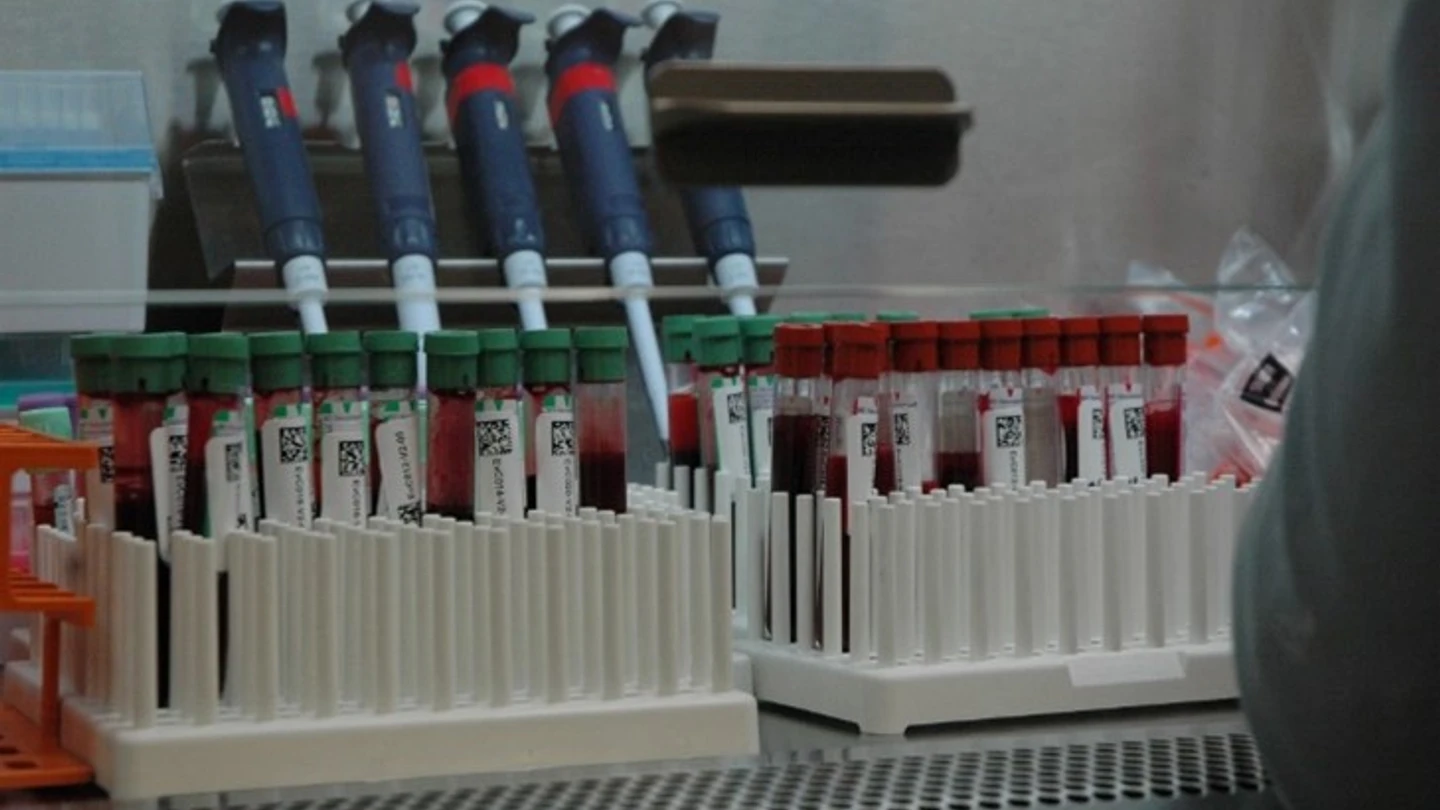Faster outbreak survivor sample collection can help stop pandemics in their tracks
When the next pandemic strikes, the world needs more ways to swiftly collect samples from survivors in a coordinated fashion to rapidly develop new vaccines, tests and treatments.
����VR��Ƶ and PATH are teaming up to build new resources and help solve this challenge.
The COVID-19 pandemic brought the world to its knees and highlighted significant gaps in the way that we prepare for and rapidly respond to infectious disease threats.
Knowing that the next pandemic is not a case of ‘if’ but ‘when’, in the years since COVID-19’s peak scientists have focused on speeding up the response time to new outbreaks. The goal, spearheaded by ����VR��Ƶ and embraced by G7 and G20 nations, is to develop a new vaccine against a novel threat in as little as 100 days. This is around a third of the time it took to develop the first COVID-19 vaccines.
Achieving this bold ambition will require innovation and investment across the vaccine development chain—from rapid identification of new pathogens to vaccine design, testing and manufacturing. A central focus for ����VR��Ƶ and PATH is reducing the time it takes for researchers to access samples willingly provided by the survivors of epidemic outbreaks.
The role of outbreak survivors
In an outbreak, people who become infected and recover from disease are essential to unlocking much-needed clues to guide the creation of medical products, like vaccines, treatments and diagnostic tests.
Biological samples—such as blood, saliva and tissue specimens—are needed as quickly as possible to gain invaluable insights into the circulating pathogen and to build knowledge about the type of immune response that can successfully fend off disease.

Antibody-rich samples from the blood and other bodily fluids of survivors are used to develop tools needed for testing new vaccines, such as assays and international standards. These materials are needed to test for the presence of antibodies and other immune markers in clinical trial participants after receiving a candidate vaccine and then assess whether it’s strong enough to ward off infection or severe disease.
The need for speed
However, despite their critical role, today’s inconsistent and fragmented processes to collect survivor samples are slowing down progress.
For example, in some areas, health workers may not be equipped with the training or tools to properly collect and safely store biological samples, increasing the risk of infection spread. In other instances, local laboratories may lack the lab capacity and it can be hard to transport samples collected in rural areas to laboratories situated far away. The situation is further exacerbated by political and logistical challenges when coordinating responses across borders. There is also the potential for inadequate biosafety and biosecurity practices to inadvertently spread disease and cause harm.
Together, the dual lack of uniformity and speed of specimen collection complicates researchers’ abilities to assess and compare the performance of vaccine candidates in clinical trials and ultimately get a new vaccine to market.
When time is of the essence in an outbreak and we need to react quickly, unnecessary delays can allow a contagion to spread, resulting in more lives lost and more socioeconomic damage.
A new global resource
To tackle this gap in sample collection methodologies, ����VR��Ƶ and PATH have joined forces to create the Biospecimen Sourcing Initiative.
Backed by up to $2.5 million from ����VR��Ƶ, PATH will use its scientific expertise and global links to set up the new resource, which aims to break ground by developing harmonised global guidance. This includes template documents that ensure the highest standards are met in ethics, safety, and logistics to provide consistent and rapid acquisition, storage and sharing of survivor samples in a timely manner.
The Initiative aims to make outbreak material ready to develop assays and standards in a matter of weeks, compared to the six months or more it typically takes today, thereby making a vital contribution towards the 100 Days Mission. This is especially important when outbreaks may be short and unpredictable and specimen gathering must be completed in a limited timeframe.
Harmonised processes and procedures would also assure regulators that data readouts from different vaccine trials are comparable.
Creation of the Initiative and the eventual guiding principles—which are set to live online and be accessible to all—will be built through coordination and consultation with global health stakeholders. We will also align with best practices set by World Health Organization initiatives, as well as ongoing work by Africa CDC.
To begin this process, PATH is conducting a series of stakeholder interviews and consultations. Guidance and input provided by experts globally will be integral. Other partners will also be brought on to manage its implementation.
Development of the Initiative will be undertaken in alignment with the critical conversations happening as part of the , supporting relevant commitments to promote rapid access to samples to accelerate R&D. Once the guidance documents are up and running, ����VR��Ƶ and PATH plan to map out high-quality biobanks worldwide that could collaborate through this initiative and share guidelines and procedures, in preparation for future outbreaks.
Altogether, this will be a major global undertaking, and the initial steps to develop the concept will be many months in the making.
But by doing so, we will lay the foundations for faster, more effective vaccine development for epidemic threats, ultimately saving lives and reducing the impact of infectious diseases.
Authors:
This article is written by Dr. Kent Kester, Executive Director of Vaccine R&D at Coalition for Epidemic Preparedness Innovations (����VR��Ƶ) and Dr. Gonzalo Domingo, Global Program Leader for Diagnostics at PATH.
Image Captions and Credits:
Hero Image: Blood samples from the Washington COVID-19 Biorepository being prepared for analysis at the PATH laboratory, who coordinated with clinical partners across Seattle to create a global resource for the development of COVID-19 diagnostics. Photo: PATH
Image in text: Blood samples from the Washington COVID-19 Biorepository being prepared for analysis at the PATH laboratory. Photo: PATH
